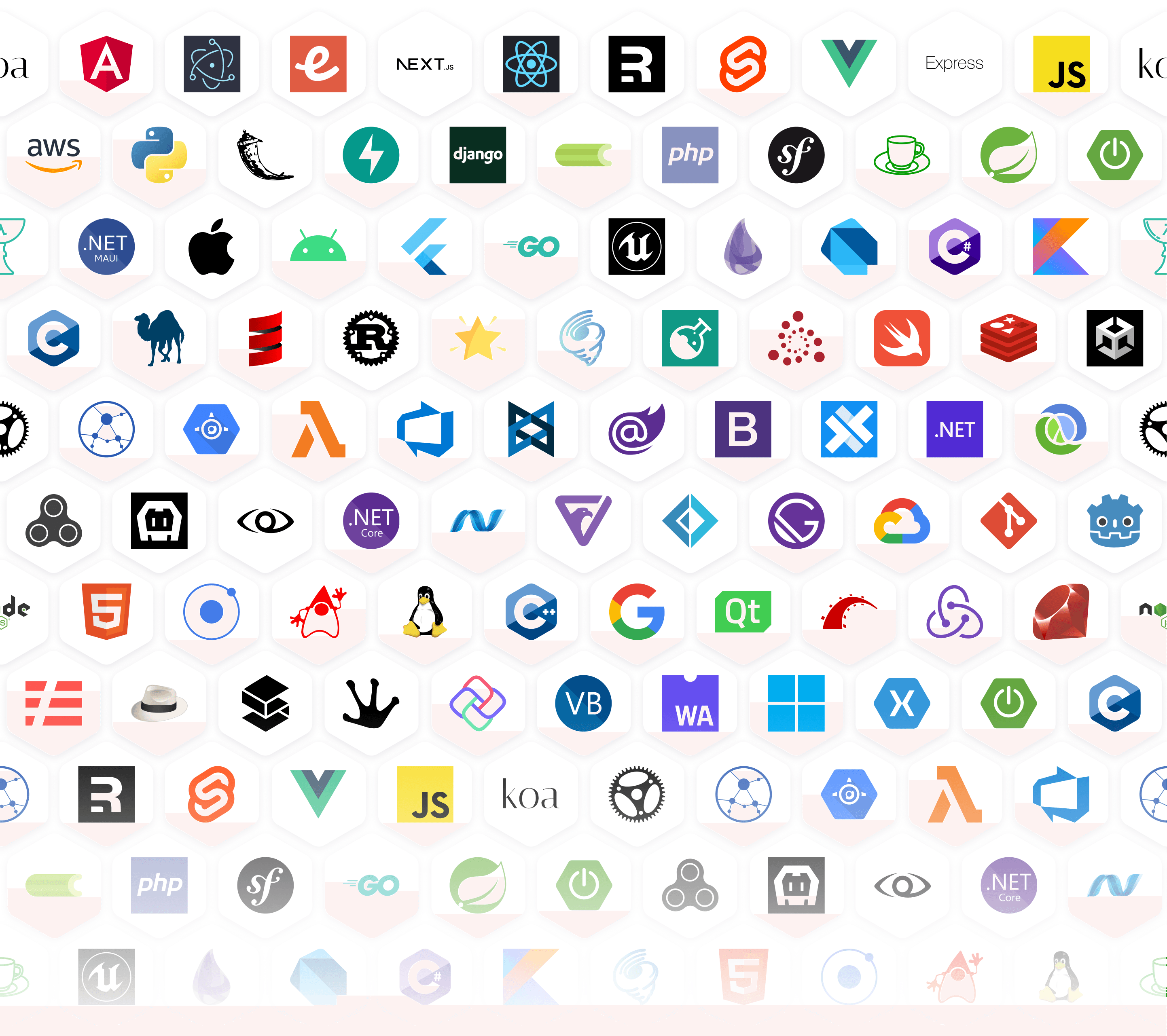Not sure why that API’s slow? Or where that crash came from? With connected context—from the first user action through every service, system, and line of code—Sentry gets you to the fix fast, without digging through five different tools.
Debug with Tracing
A single bad query can bring your app to a crawl and send your DB bill into the stratosphere—but finding it in a sea of `EXPLAIN` commands is tough. Jump straight to the query causing delays with Tracing and Insights.
Your app usually loads fine, but some actions lag—and you’re not sure why.
See which API calls are slow, whether it's an overloaded endpoint or a sluggish third-party service with Trace Explorer.
When spikes happen, pinpoint the exact transaction, user, environment, or repo to fix it fast.
A user taps “Place Order,” but instead of an instant confirmation, they’re stuck waiting.
The problem? A checkout process that fires multiple requests, but one API call is dragging.
Break down the entire flow, see exactly which request is slowing things down, and fix it before it costs you conversions with trace explorer
A missing module or failed request can break your app, leaving you chasing vague LoadFailed errors with no clear cause.
Instead of digging through network logs, use Sentry’s Tracing to pinpoint the issue.
Whether it’s a 404 on a missing file, a CORS rejection, or Webpack failing to resolve a module, see exactly what led to the failure and fix it fast.
More questions answered
How can I catch slowdowns before users do?
Set metric alerts on latency, error rate, or throughput for key spans like payment.stripe.charge. For dynamic patterns, use anomaly alerts to detect spikes or regressions without thresholds. Then jump into trace waterfalls to find the exact cause.
Why is this endpoint slower after the last deploy?
Sentry surfaces performance issues like N+1 queries, slow database calls, and uncompressed assets. Each issue includes example traces, spans, and stack traces to show where time is spent. Quickly identify root causes—whether it’s inefficient code, blocking I/O, or frontend bottlenecks.
Is this database call getting slower over time?
Use span metrics to track latency, throughput, and failure rate for specific operations like db.query.user_by_id. Analyze trends over time, broken down by service, operation, or environment. Use filters to investigate performance regressions and set alerts on critical spans.
How to debug errors in background jobs?
With Sentry tracing, background jobs are part of the full request flow—so you can see what triggered them, how long they ran, and where they failed. Spans show job timing, retries, and related service calls. When a job errors, trace context connects it to user actions or upstream issues
What’s causing errors in my agent runs?
Monitor and debug AI agents like OpenAI and Vercel with full visibility into how they interact with your app. See prompt flows, model responses, and tool calls. Catch failures in tools, malformed outputs, or high token usage. Link issues to triggering frontend/backend requests to understand impact.







Getting started with Sentry is simple
We support every technology (except the ones we don't).
Get started with just a few lines of code.
import * as Sentry from '@sentry/nextjs'; Sentry.init({ dsn: 'https://examplePublicKey@o0.ingest.sentry.io/0', // We recommend adjusting this value in production, or using `tracesSampler` // for finer control tracesSampleRate: 1.0, });
That's it. Check out our documentation to ensure you have the latest instructions.
FAQs
Tracing provides a connected view of related errors and transactions by capturing interactions among your software systems. With Tracing, Sentry tracks your software performance and displays the impact of errors across multiple systems.
Tracing is available for all languages and platforms that Sentry supports. See the full list here.
To enable Tracing capabilities you need to purchase spans. See docs for pricing details.
To use Tracing, you will first need a Sentry account. If you don’t have a Sentry account, you can create one here. Then, follow the instructions in our docs to use Tracing.
Yes, you can configure your OpenTelemetry SDK to send traces and spans to Sentry. Learn more.
Of course we have more content
Get monthly product updates from Sentry
Sign up for our newsletter.
Sign up for our newsletter.
And yes, it really is monthly. Ok, maybe the occasional twice a month, but for sure not like one of those daily ones that you just tune out after a while.
Fix It
Get started with the only application monitoring platform that empowers developers to fix application problems without compromising on velocity.




